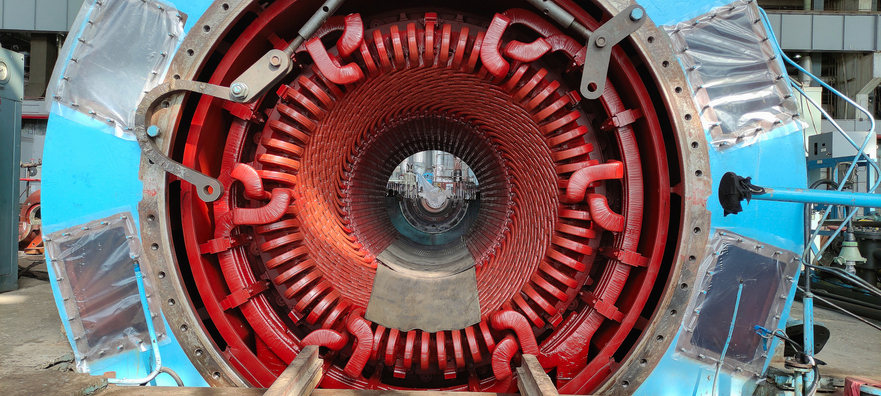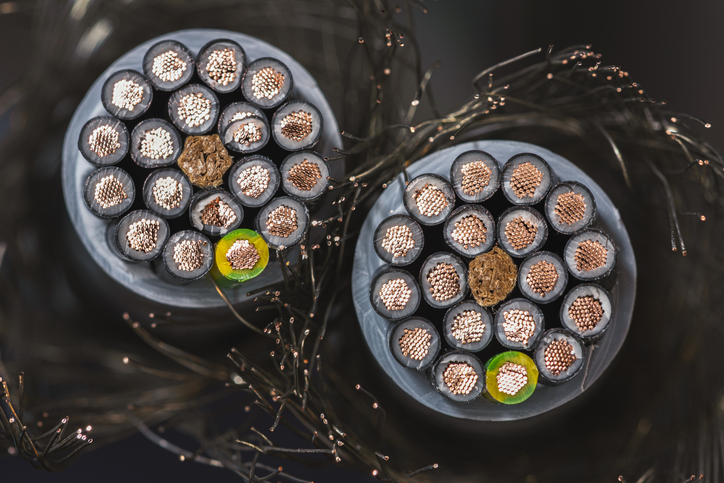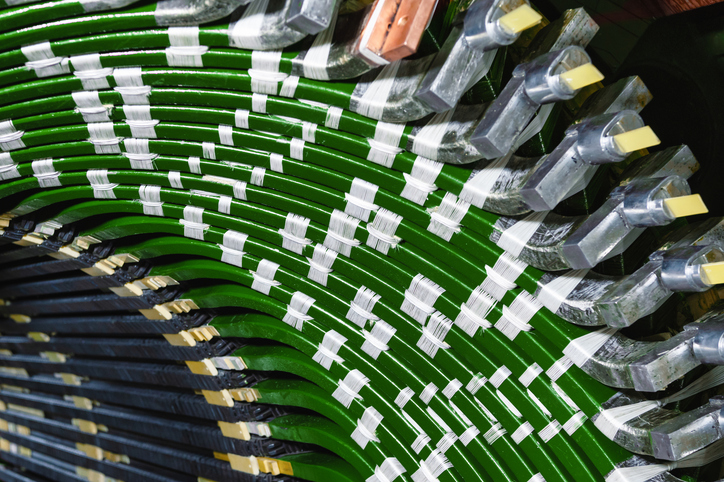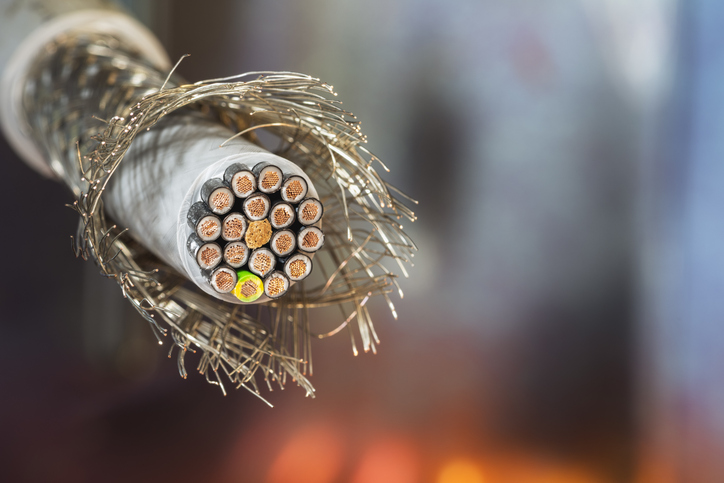Electric motors and generators represent the beating heart of modern industry, transforming energy with remarkable efficiency. Yet their performance hinges on components that most users never see: the sophisticated insulation systems protecting and enhancing their coils. Coil insulation determines not just operational safety, but also power output, efficiency, and service life in applications ranging from massive industrial drives to precision medical equipment.
Creating Bespoke Insulation Solutions is What We Do: Reach out to the Electrolock team today to begin discussing your next electrical insulation project.
The Fundamentals of Modern Coil Insulation
Advanced coil insulation systems must address multiple challenges simultaneously: providing dielectric protection, managing thermal loads, and maintaining mechanical integrity—all while optimizing space utilization within the machine design. The selection of appropriate materials requires careful consideration of both electrical and mechanical properties.
Mica-Based Solutions: The Gold Standard
For high-voltage motors and generators, mica-based insulation systems remain the industry benchmark. These materials offer exceptional advantages:
- Superior dielectric strength, crucial for withstanding high voltage stress
- Extraordinary thermal stability, maintaining performance at temperatures up to 1,000°C
- Excellent partial discharge resistance, preventing premature insulation degradation
- Dimensional stability under thermal cycling conditions
Modern mica ground wall tapes, when properly applied with compatible resin systems, provide a robust foundation for reliable operation even in the most demanding environments.
Advanced Polymer Systems
For specialized applications, high-performance polymers like Nomex® (aramid) and Kapton® (polyimide) deliver targeted benefits:
- Exceptional mechanical strength that resists tearing during manufacturing
- Outstanding thermal endurance for continuous high-temperature operation
- Excellent chemical resistance to oils and coolants
- Reduced thickness for maximizing copper fill factors
Critical Components of a Complete Coil Insulation System
A comprehensive coil insulation system integrates several specialized components working together. By adjusting these eight components, coil insulation systems can be used to optimize many parts of a coil’s performance, from thermal management and voltage endurance to manufacturing considerations.
Let’s look closer at these eight essential building blocks.
Ground Wall Insulation
This primary insulation layer provides fundamental protection between the coil conductors and grounded core components. In high-efficiency designs, optimizing ground wall thickness while maintaining dielectric integrity is essential for maximizing space for active conductors.
Conductive Tapes
In medium and high voltage applications, conductive tapes serve critical functions:
- Providing electromagnetic interference (EMI) shielding
- Creating equipotential surfaces that distribute electrical stress evenly
- Establishing reliable grounding connections while maintaining insulation integrity
- Preventing charge accumulation that could lead to partial discharge activity
These specialized tapes, often incorporating materials like graphite or metal particles, ensure electrical stability throughout the winding system.
Corona Suppression Solutions
In machines operating above 4kV, corona suppression materials prevent partial discharge damage at the interface between insulation and core steel. These materials effectively bleed off electrical stress, extending insulation life and preventing premature failure. Applied in slot sections and end-winding areas, they create a controlled conductive path that prevents voltage stress concentrations.
Gradient Tapes for Voltage Control
Applied at coil terminations, gradient tapes create controlled voltage transitions, preventing surface tracking and discharge activity at critical stress points where insulation systems terminate. These tapes extend beyond corona suppression layers to provide complete stress control.
Crossover Insulation
In multi-turn coil designs, crossover regions where conductors transition between different positions require specialized insulation to:
- Prevent turn-to-turn shorts in these vulnerable areas
- Maintain mechanical support during thermal cycling
- Preserve insulation integrity in areas with complex geometries
- Withstand increased electrical stress at these transition points
Rotor Turn Insulation
Specifically designed for rotating components, rotor turn insulation must:
- Withstand extreme centrifugal forces during high-speed operation
- Maintain inter-turn isolation despite thermal expansion and contraction
- Provide electrical isolation between adjacent conductors
- Resist mechanical degradation from repeated thermal and mechanical cycling
B-Staged Tapes & Blocking Felts
These manufacturing-friendly materials provide dual benefits:
- B-staged (partially cured) tapes allow for conformability during coil forming while providing void-free insulation after final curing
- Blocking felts stabilize end-windings, reducing vibration-induced wear during operation
- When impregnated with compatible resins, they create rigid structures that maintain coil geometry throughout the service life
Slot Liners
Creating the crucial interface between stator core steel and coil insulation, slot liners:
- Prevent abrasion damage to ground wall insulation during installation
- Provide an additional dielectric barrier between coils and grounded components
- Facilitate heat transfer from windings to the core for improved thermal management
- Maintain consistent positioning of coils within slots for optimal electromagnetic performance
Electrolock’s Engineering Approach Drives Success
At Electrolock, we understand that optimal coil insulation requires a comprehensive engineering approach rather than simply specifying individual materials. Our process includes:
- Detailed application analysis to define performance requirements
- Material selection based on electrical, thermal, and mechanical demands
- Prototype development and comprehensive testing
- Production implementation with rigorous quality controls
Our testing capabilities allow validation of critical parameters, including dielectric strength, partial discharge inception voltage, thermal conductivity, and mechanical integrity — ensuring that materials perform as expected under actual operating conditions.




